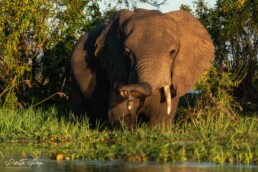Conservation Lower Zambezi (CLZ) is a Zambian non-profit that focuses on wildlife protection, community support, and environmental education in Lower Zambezi National Park. We visited CLZ’s basecamp and chatted with their Finance and Projects Manager Hanneke Hogerheijde about poaching and wildlife conservation during a global pandemic.
Could you tell us about the poaching situation here in Lower Zambezi before CLZ was founded in 1994 and how it compares to this day?
–CLZ started with the lodge owners who came together to save wildlife tourism in the area over 25 years ago. Black rhinos were all poached out already in the late 1980s and by the mid-1990s also the elephant numbers had reduced enormously.
–In 2016 we had the highest ivory poaching rate ever, but last year we had only one elephant poached in the park. So, we’ve almost reduced poaching to zero, but it’s, of course, an ongoing process.
We’ve heard that you have plans to re-introduce black rhinos in Lower Zambezi – that’s exciting for sure!
–Yes, that’s why we’re investing so hard in the protection, intelligence, training, and special units.
How has your antipoaching work developed through the decades?
–It was hard in the beginning: we had just one Land Rover and a simple basecamp to support the Department of National Parks and Wildlife (DPNW), which lacked funds and resources to protect the wildlife.
–With law enforcement, we started with foot patrols and scouts, who go in the park looking for illegal activities. Then we built specialized units, which are working on intelligence and interrupt poaching. Nowadays we have a K9, rapid response unit, and intelligence unit.
–We have 24/7 communication in our new operations building with high-end information systems. The scouts are patrolling with GPS and smart devices so that we can track everything in real-time.
“We’ve almost reduced elephant poaching to zero.”
Hanneke Hogerheijde, Conservation Lower Zambezi
The buffer zone surrounding the Lower Zambezi National Park is called Game Management Area (GMA) and people live there in coexistence with the wildlife. The area under your mandate is huge, almost 20 000 km2 in total with the GMA. Distances are long and roads either bad or almost non-existent, as we saw driving in. How do you manage this enormous area?
–Aerial and river patrols are in a key role in spotting illegal activities: our Cessna finds almost 80 % of what we find. We’ve also launched helicopter operations in co-operation with South and North Luangwa National Parks.
–The future is the children. We work with 65 schools with our education center, where the kids can spend a few days learning more about the importance of wildlife and how wildlife conservation can benefit their lives.
–We also do outreach campaigns, where our education manager targets the teachers all-round GMA. Thus, we don’t have to drive all kids into our education center: the return trip can be 500 km’s on those bad roads, so all costs add up.
You’ve said that community work is vital to your success. How do you support the communities on top of education?
–We help them with human-wildlife conflict offering extra projects to generate money, building fences, wells, water pumps, and all kinds of other things.
–We’ve also collared elephants to monitor seasonal elephant movements and improve strategies for human-wildlife conflict. When the elephants come into the crops, our scouts will assist the farmers.
How has covid affected poaching in the Lower Zambezi area?
–The snaring has gone up, but it was to be expected, especially in the areas where people live. Most have lost jobs due to Covid-19 because the tourism sector sustains many families in this area.
–Throughout the pandemic, we’ve been able to keep elephant poaching under control. There are a lot of theories, but due to lockdowns, it has probably been even harder to get illegal wildlife products out of the country.
Fortunately, you’ve managed to keep up all the wildlife protection activities through these tough times. How have you been coping financially?
–As an NGO we’re funded by donors. Donors usually want to support specific projects, such as K9, Operations, or patrols. But to be able to execute these projects, we need an organization. Salaries were difficult to cover during the pandemic because we weren’t safe in getting the funding.
–Before covid hit, the membership fees from the lodges were very important supporting the core costs of running the organization. Obviously, with covid, lodge memberships were either cut down completely or the rates were lowered.
–Fundraisers have definitely helped us to survive. Luckily, we have big donors, such as AWC, Tusk, IEF, WCN, Save the Elephants, and Elephant Crisis Fund. We’ve also done online auctions with prices from the member lodges.
It’s awful to even think how the poaching situation would be here in Lower Zambezi without your help!
–Throughout the year, we provide almost everything for antipoaching and intelligence operations due to DNPW’s limited resources. We also cover basic 3-month training for the scouts and further refresher trainings.
–Before, the scouts were scouts, but they were sitting under a tree. There was no transport, no food, no tents. If you send patrols out there in the field but they don’t have the training, all the equipment, and the intelligence, what can they do? If you’re only reacting to poaching, you’re almost always too late and will find dead animals.
…And nowadays you also have a K9 unit for detection and tracking.
–Yes, our dogs are trained for all illegal wildlife products. They can find ivory, pangolins, cat skins, rhino horn, bush meat, firearms, and ammunition, and obviously also track the poachers.
With the help of How Many Elephants, Conservation Lower Zambezi launched World Female Ranger Day and a fundraiser to support their female anti-poaching unit.
The Look of Poaching – An Audiovisual Journey
Do you have lion or pangolin poaching here in Lower Zambezi, or is it mainly elephants?
–Elephant poaching is the main, obvious thing for us to control, and with that comes higher protection for all species. When an elephant is poached, there’s a carcass with a face cut off and ivory gone. Lion and pangolin poaching are so much harder to see.
–As far we know, pangolins are not captured in our area. We’ve introduced pangolins back to nature, so they are being confiscated in Zambia. Of course, it’s always hard to know where a pangolin comes from – and the same goes with cats. There are cat skins that go around also here in Zambia, but it’s difficult to say where exactly do they originate.
“Elephant poaching is the main thing for us to control, and with that comes higher protection for all species.”
When it comes to pangolins and other small creatures that are being poached, it’s mainly the sting operations and intelligence that may be able to get them – otherwise, you simply don’t know.
–Exactly. And pangolins are unfortunately easy to catch if you know where they live. It won’t bite you, it can hurt you with a tail lightly, but if you know what you’re doing, it’s easy. The sad thing is that the poachers know it and have no empathy for the animal.
–Poachers try to feed pangolins nshima (maize porridge), which they, of course, don’t eat. They eat termites and ants, but you just cannot feed them ants, it’s a whole process. So, the pangolins are hungry and thirsty, often put in bags. It’s horrible.
–Over the years, I think we’ve had over 30 pangolins that have been released back to the wild. Hopefully, they’re all good, but sadly we don’t know.
So, you don’t track the released pangolins due to limited funding?
–We don’t have money for that. And it’s not that easy: you need a little tracker that you put on the scales. But pangolins shed scales and burrow!
–We’d need a whole new wing for the research. It’d be awesome to know also how many lions and wild dogs there are in the park, even how many hippos we have here.
When publishing this article in October 2021, we’re happy to announce that CSL has launched a new research unit: congratulations!
Support Conservation Lower Zambezi's Fundraiser
Could you give us any estimates on wildlife numbers, or have you had any counts during the years?
–I think the last elephant count was around 2000 elephants inside the park, but it was 5 years ago, and the number was lower than we estimated.
What about for example lion population, do you know how many prides there are within the park?
–It’s hard to say how many lions there are exactly in Lower Zambezi, but hundreds anyway. We only know about five prides. Two years ago, we had one pride dispersing, because they had cubs, so they’re making new couples now.
You also focus on female empowerment: could you tell us more about Zambia’s first female antipoaching team?
–Last year we started training our first all-female community scout unit together with DNPW, and now we have two female scout teams. We call our female anti-poaching unit Kufadza, meaning inspire in the Goba language. These ladies protect the wildlife but also act as role models for women and girls in the communities.
Ways to Support Conservation Lower Zambezi
-
Donate to CLZ through PayPal or Virgin Money Giving (UK)
-
Become an individual member (US$200 per year) or corporate member (US$1000 per year)
-
Sponsor anti-poaching patrols
-
Sponsor K9 unit
-
Sponsor environmental education and community projects
-
Fundraise for CLZ
-
Visit Lower Zambezi National Park and stay in one of the CLZ’s member lodges
-
Volunteer at CLZ
-
Follow CLZ on Instagram, Facebook, and Twitter
Please check out all the current ways to donate and support CLZ on their website with up-to-date donation links: www.conservationlowerzambezi.org
Thank you so much, Conservation Lower Zambezi and Hanneke, for showing us around the basecamp and chatting about your incredible projects and conservation successes!
Our stay in Lower Zambezi and visiting CLZ was sponsored by one of their longtime platinum lodge members, Royal Zambezi Lodge.



